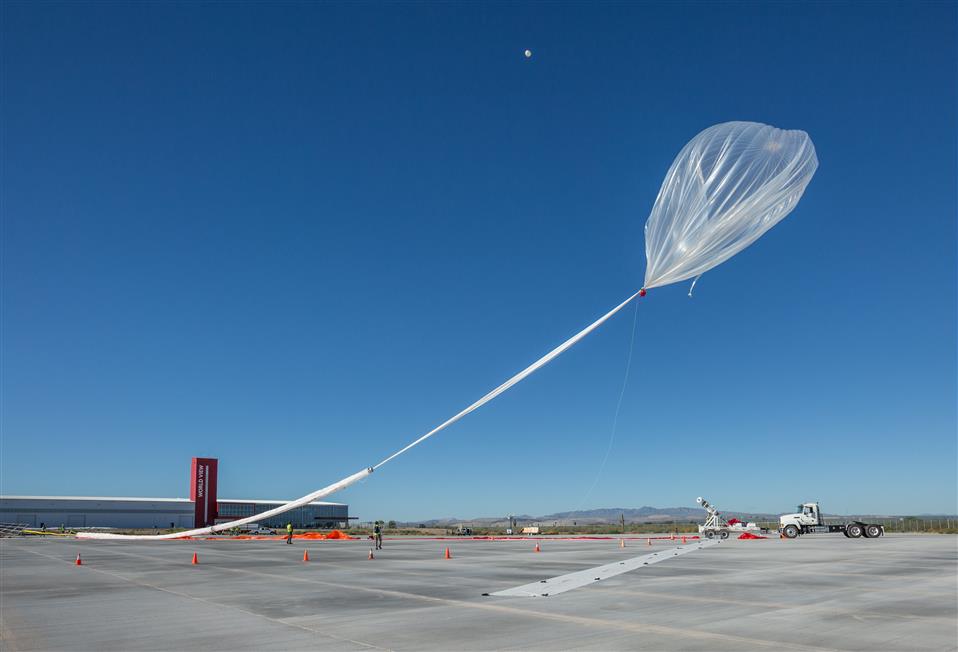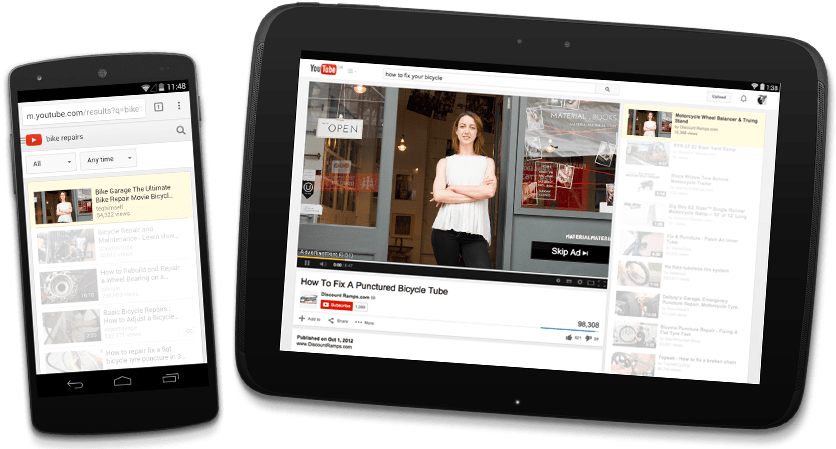
This balloon is going to make earth observation unbelievably affordable
 Arizona-based stratospheric exploration company World View has successfully completed a five-day test flight of its high-altitude balloon, the Stratollite. This is the longest flight yet for the aerial vehicle which is designed to carry payloads of up to 4,500kg and provide the capabilities of a satellite, but minus the stratospheric launch costs (pun intended).
Arizona-based stratospheric exploration company World View has successfully completed a five-day test flight of its high-altitude balloon, the Stratollite. This is the longest flight yet for the aerial vehicle which is designed to carry payloads of up to 4,500kg and provide the capabilities of a satellite, but minus the stratospheric launch costs (pun intended).
Hovering unhurriedly above the earth’s surface at controlled altitudes of 55,000 to 75,000 feet, the specialized stratocraft would float almost twice as high as a typical commercial airline. The remote-controlled UAS can be used for a variety of applications, such as earth observation, disaster recovery and response, communication, weather forecasting, and military surveillance. For its test flight, the solar-powered Stratollite carried multiple payloads, including a 50.6-megapixel camera to demonstrate its potential as a viable high-altitude earth observation platform.
World View founder and CEO Jane Poynter was quick to point that before this, the vehicle was sent on a test mission which lasted only 27 hours. “This is an enormous leap in our development program and we are certain the Stratollite is going to forge a new path in how we observe, react to and collect data about our planet,” an ecstatic Poynter said in a statement, adding that the company was testing a proprietary real-time data transfer system for its commercial customers.
https://www.youtube.com/watch?v=GFdXBQPuznU
According to World View, the US military is already planning to use the Stratollite to clamp down on human and drug trafficking, and maritime piracy in remote regions. “We think this has the potential to be a game-changer for us – a great, long duration, long-dwell surveillance platform,” Admiral Tidd, Commander, US Southern Command has said.
Apart from these high-altitude balloons, World View is also working on a space tourism venture wherein it will carry humans to the stratosphere to marvel at the blue marble, sans any special training.






